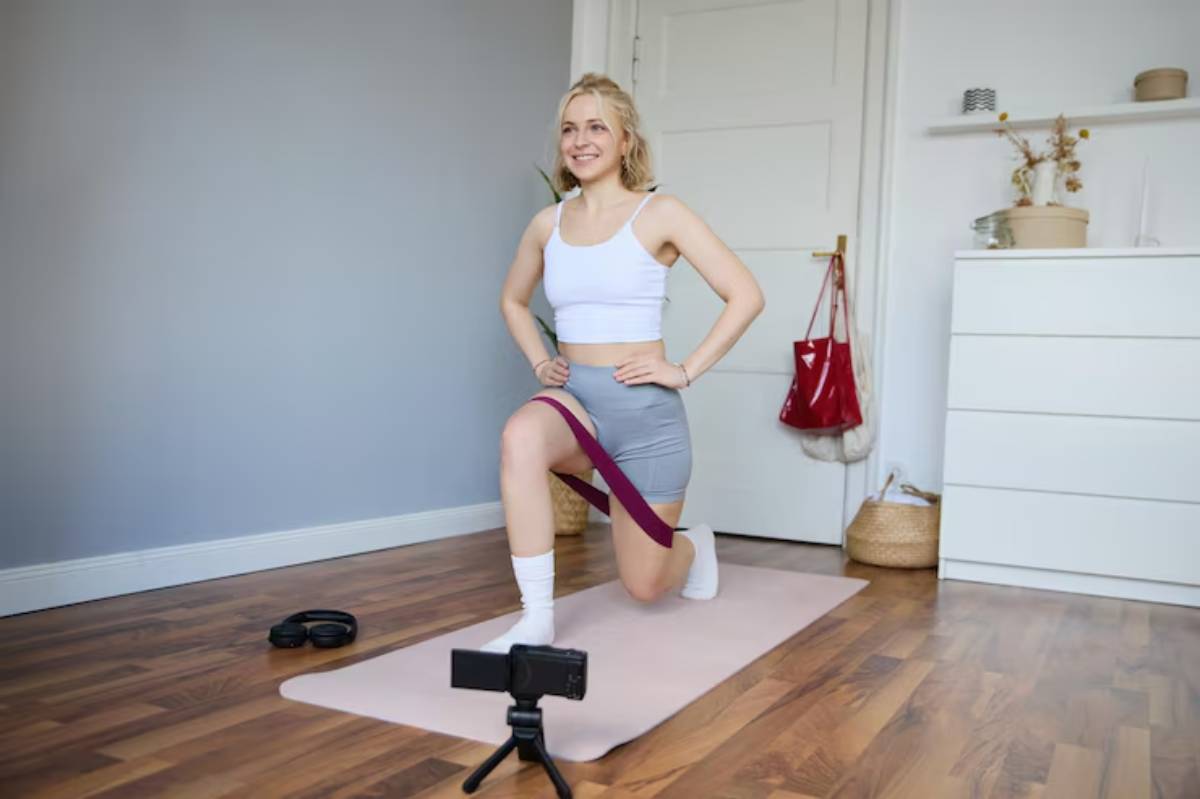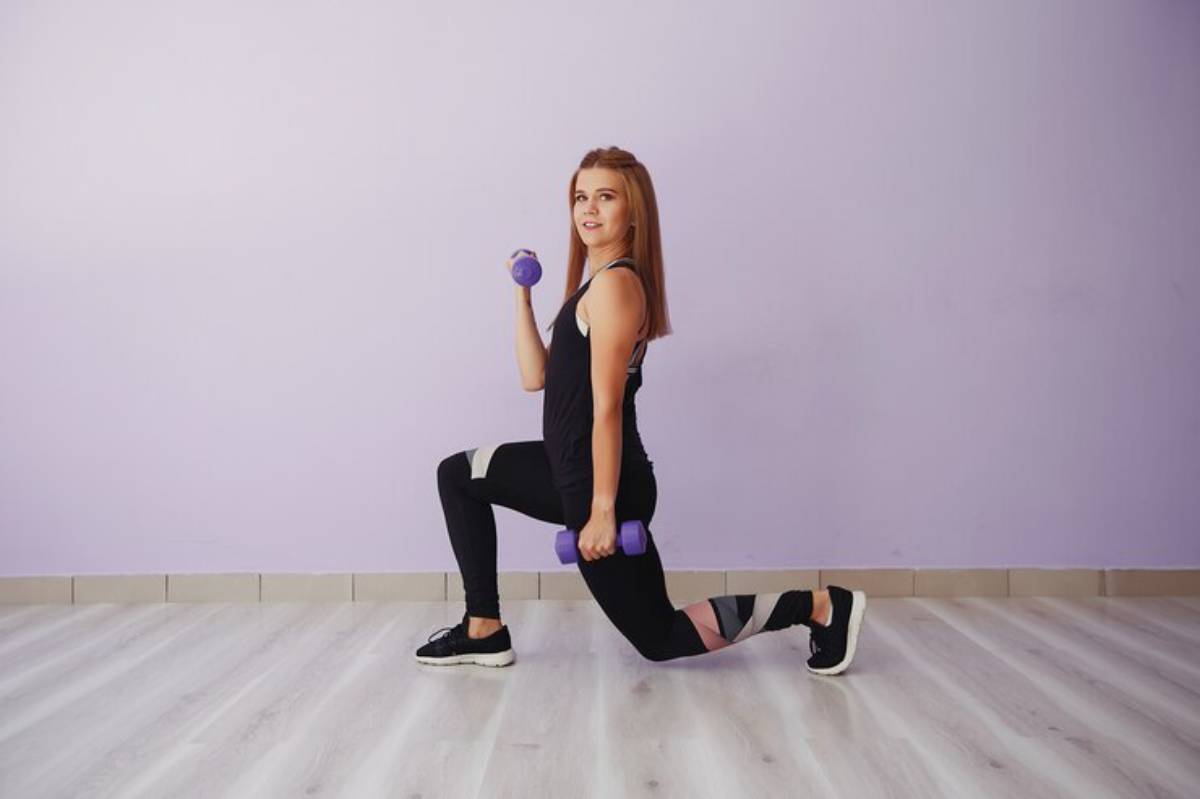
What Is Periodisation and Why Women Need It
Ever feel like you’re working out consistently but not making progress? You’re not alone. For many women, training stalls not due to lack of effort, but due to lack of structure — and that’s where periodization comes in.
Periodisation is a method used by athletes and strength coaches worldwide to build strength strategically. And no, it’s not just for bodybuilders or elite performers. It’s one of the most powerful tools women can use to train smarter, avoid plateaus, and get stronger over time, while keeping hormones and energy in balance.
In this blog, we’ll break down what periodization really is, why it matters for female fitness, and how you can start applying it to your own routine — whether you’re lifting to tone, build strength, or simply feel good.
What Is Periodisation?
At its core, periodisation is a training strategy that organises your workouts into distinct blocks or phases, each with a specific goal.
Rather than doing the same exercises at the same intensity week after week, you alternate your focus in cycles, giving your body time to adapt, progress, and recover.
Common Periodisation Phases:
- Hypertrophy (muscle building): Moderate weights, high volume
- Strength: Heavy weights, low reps, longer rest
- Power: Fast, explosive lifts with lighter loads
- Endurance or deload: Lower intensity to restore and recover
Each phase builds on the last, so you’re not just working out — you’re training with intention.
Why Women Benefit from Periodized Training
1. It Fights Plateaus

Your body adapts quickly to routine. Doing the same workout for months? You’re likely getting diminishing returns. Periodisation provides planned variety, ensuring you continually challenge your muscles in new ways.
2. It Respects Recovery and Hormones
Women experience natural hormonal fluctuations across the menstrual cycle. Periodisation — especially when synced with your cycle — allows you to plan intense phases when you’re strongest, and recovery or volume phases when energy dips.
Learn more about adapting your training in how to adjust your plan for menstrual cycle phases.
3. It Prevents Overtraining
Alternating intensity phases reduces the risk of burnout, injury, or hormonal dysregulation. You get stronger without constantly pushing to exhaustion.
4. It Supports Sustainable Progress
You don’t need to train to failure every session to see gains. In fact, a good periodised plan includes strategic deload weeks that keep your body fresh and primed to grow.
Periodisation Isn’t Just for Athletes
You don’t need to compete to benefit. Whether you’re working out at home, in the gym, or following an online plan, applying periodisation means:
- Better results with less frustration
- Clear goals and variety
- More awareness of how your body responds to training
It gives shape and rhythm to your training, which builds consistency, and that’s where real change happens.
If you’re starting out or have a simple 3-day split, check out how to build one in the 3-day full-body weight training split for women to begin planning your cycle.
The Science Behind Periodisation
Research backs up its benefits:
- A 2017 study in the Journal of Strength and Conditioning Research found that periodised resistance training outperformed non-periodised training in both strength and muscle mass gains.
- A 2020 review concluded that undulating periodisation (changing intensity and volume more frequently) may lead to better hypertrophy and adherence in recreational lifters.
In short, planned variation works better than random effort.
Periodisation Options: Which One’s Right for You?
There are different types of periodisation, and the best one depends on your personality, schedule, and goals.
1. Linear Periodisation
Progressively increases intensity over time, while reducing volume.
Best for: Beginners or structured gym-goers
2. Undulating Periodisation

Changes rep ranges and loads within the week (e.g. heavy Monday, light Wednesday, moderate Friday).
Best for: Variety lovers and intermediate lifters
3. Block Periodisation
Focuses on one major skill (e.g. hypertrophy) per block, then moves to the next.
Best for: Advanced athletes or those prepping for specific events
4. Auto-Regulated Training
Adjusts intensity based on how you feel day-to-day.
Best for: Experienced lifters with a strong awareness of body cues
Tailoring Periodisation to Your Female Physiology
Women’s bodies are not small men’s bodies — yet many programmes ignore menstrual cycles, hormonal shifts, or differing recovery patterns.
Here’s how to fine-tune it:
- Plan heavy lifting during your follicular phase (day 1–14) when strength peaks
- Use the luteal phase (day 15–28) for hypertrophy or lighter volume
- Consider tracking energy, mood, and performance to customise your schedule
Tips to Get Started With Periodisation
- Set a 12-week goal: Choose your focus (e.g. build muscle, increase strength, maintain tone)
- Map your phases: Assign 3–4 week blocks to hypertrophy, strength, power, or recovery
- Track progress: Use logs or apps to measure sets, reps, loads
- Listen to your body: If fatigue spikes, shift to a deload phase
- Stay consistent: Trust the process and avoid jumping plans too soon
Real-Life Story: Emma’s Strength Journey
Emma, 36, used to jump from programme to programme — HIIT one month, spin the next — and always felt burnt out.
When her coach introduced periodisation, she was skeptical. But after 12 weeks of focused hypertrophy, followed by a strength block, she felt stronger, leaner, and more in control of her training than ever before.
“I finally understood what it means to train with purpose. I wasn’t chasing soreness — I was chasing progress.”
Why It’s a Game-Changer for Busy Women
You don’t need 5–6 days in the gym to benefit. Even if you only have 3 focused sessions a week, a periodised approach gives structure to your time, avoids junk volume, and helps you make every session count.
It also prevents the “plateau panic” — when motivation drops because progress stalls.
With periodisation, you’ll always know what you’re training for and why.
Key Takeaways
- Periodisation: strategic planning for strength, performance, and recovery
- Women benefit greatly from a cycle-based, flexible structure
- It prevents burnout, boosts results, and supports hormonal health
- You don’t need to be an athlete to use it — just a woman who wants her workouts to work
Train With Purpose, Not Guesswork

Periodisation gives women a proven roadmap to train smarter, not just harder. It takes the guesswork out of “what should I do today?” and replaces it with a clear, effective plan tailored to your goals and your physiology.
You deserve a workout plan that evolves with you. And that’s what periodisation delivers: strength that builds steadily, results that last, and a mindset that prioritises progress over punishment.
So the next time you feel stuck, don’t push harder — plan smarter.


